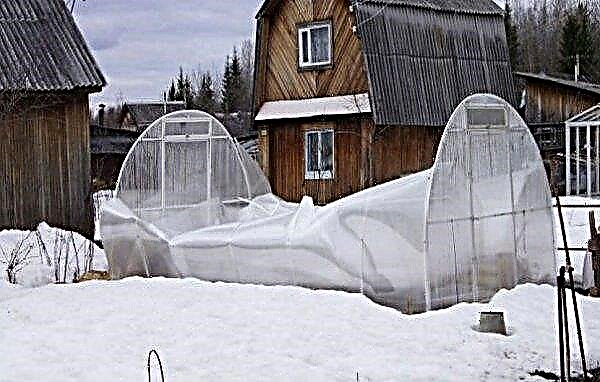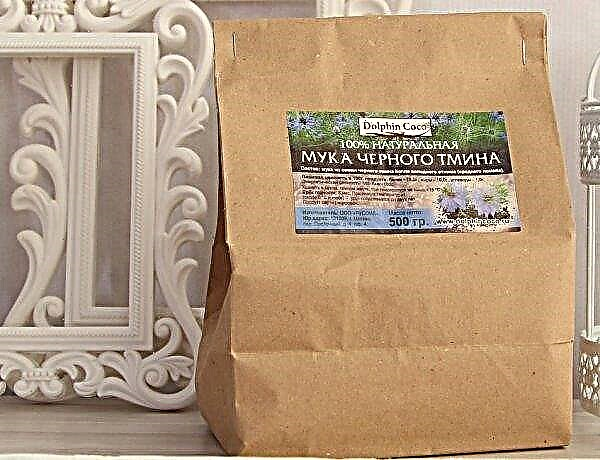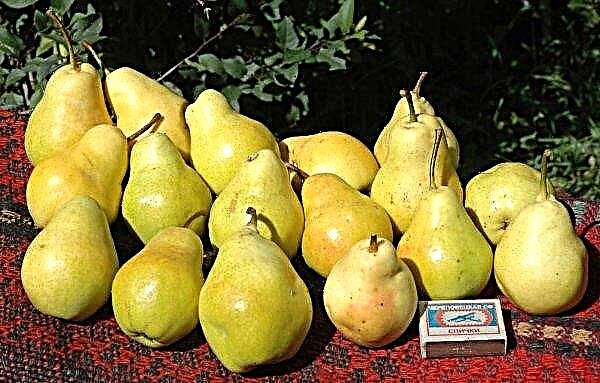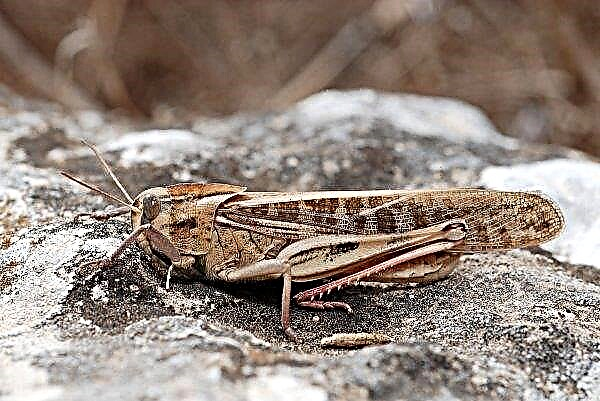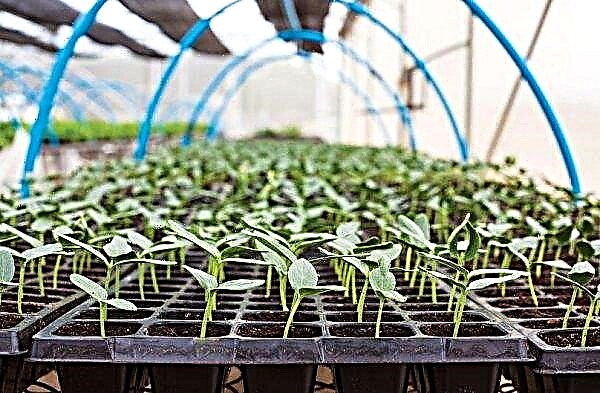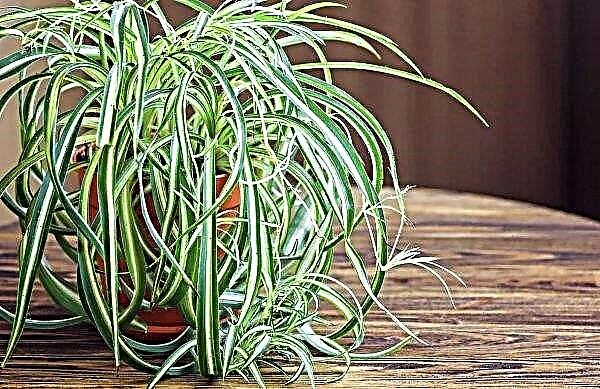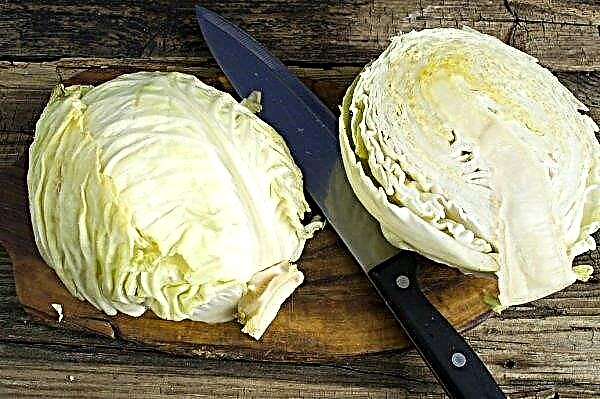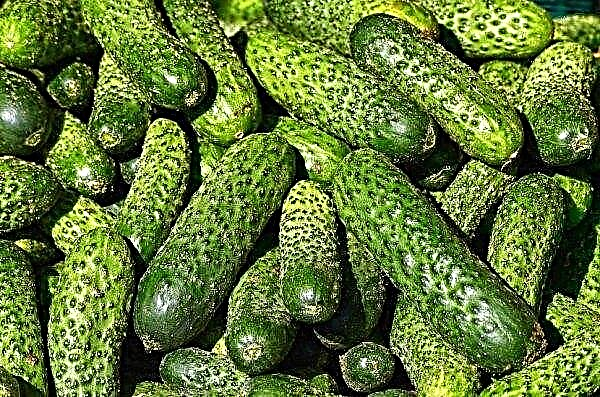Tomatoes, especially tall ones, need a garter. It can take a lot of time, but its absence can significantly reduce the yield. Why tie tomatoes up? How to do it right? What are the ways to garter?
Do I need to tie tomatoes?
Typically, determinant varieties of tomatoes do not need to be tied. But summer residents and owners of a personal plot, wanting to save land and get more harvest, are increasingly choosing indeterminate tomatoes, which simply need a garter. In greenhouses, it is advisable to grow only tall varieties.
The procedure for tying up tomato bushes is time-consuming and requires some materials, so some gardeners are wondering if it is necessary to do it.

So, why do tomatoes need a garter:
- it helps to maintain branches and stems that can break under the weight of heavy hands;
- bound plants are more lighted and well ventilated;
- branches and fruits lying on the ground are attacked from the ground by pests and pathogens;
- when watering and raining, excessive moisture left on the green mass and the fruits of the plant lying on the ground leads to their decay;
- it is easier to harvest and care (stepsoning, spraying, loosening and watering) for tied bushes. It is impossible to weed under fallen bushes, and they soon find themselves among overgrown weeds.
Video: Tomato Garter Methods
Basic Garter Rules
Tie the bushes correctly and be guided by the following:
- it is necessary to exclude contact of branches and fruits with soil;
- use a soft but strong material that would not squeeze the greens to fix the plant to the support. You can use various straps, ropes, but women's nylon tights (stockings) are best suited;
- Do not bind with reused material (or disinfect it);
- the garter should be wide enough and thick;
- the plant can not be pinched and not tied tight. It is necessary to leave a gap for the further development of the bush;
- Gartering is carried out depending on the growth rate and height of the bush, and several times per season.
Important! You can not use wire, fishing line and thin ropes to garter plants. Garter material from natural fabrics is also not suitable, as they rot and often contribute to the spread of diseases and pests.
Tomato Garter Methods
The height and height of the plant, the possibilities of the place of the garter and the choice of the gardener will affect how and what the tomato bushes will be tied up. There are different ways to garter.
On the trellis
For a large number of indeterminate tomatoes, it is most reasonable to use trellis. Strong and durable pegs about 2.5–3 m long are selected for its construction. Such material is also suitable for low-growing varieties if there are not enough sticks. In this case, you can take blanks for the support of a smaller size (from 1.5 m). Metal profiles are considered reliable racks for such structures, although a thin beam can also be used.

The trellis is installed before planting tomatoes and this happens in this way:
- At the edges of the selected area, pegs are driven into the ground to a depth of about half a meter. They should stand firmly in the ground as a reliable support.
- 2-3 rows of wire are pulled between the stakes with a pitch between rows of 0.7–1 m. The first row should be 25 cm from the soil surface.
- On the wire rows, transverse rows are made of kapron threads, and the trellis becomes like a network with large cells.
- When the bushes grow to the beginning of the wire rows, they are carefully fixed to the bottom wire. It is not necessary to fasten tight, leaving room for further growth.
Did you know? Specialty clothespins for garter, which quickly and carefully attach tomato bushes to supports, are now sold in stores.
To the pegs
This method of garter is the simplest and is used more often than others. Pegs can be from any available and sufficiently strong material - plastic, wood, metal. They are often made from improvised material. Often the bushes are tied to supports made of tree branches.
Garter of tomatoes to a peg is carried out as follows:
- Garter material is selected (pegs and garter material). For tall varieties, it is necessary to immediately harvest pegs with a length of about 2.2–2.8 m. For low tomatoes, you need to choose a support above them by 15–20 cm.
- The peg is buried in the ground by 20-30 cm at a distance of 10 cm from the plant itself, so as not to damage its roots.
- The stalk of a tomato is not tight, it is free (after all, the plant will still grow), it is wrapped several times with garter material and tied to a peg. Tie the knot so that it can then be easily untied and moved higher.

Wire frame
Such a garter is carried out without the use of stakes. This reusable design is in the form of a wire cage, which is installed near each plant. It is ideal for large tall tomatoes. You need to work hard on their creation and spend money on material (fittings and wire), but then they are quickly installed in the right place. There should also be a place to store them.
Did you know? As an option - you can make a wooden structure from the slats. It is usually made more spacious to tie 4 bushes. This frame is very similar to a gazebo without a roof and looks like a decorative element. When the bushes grow, such stands, twined with openwork leaves and showered with clusters of tomatoes, look very beautiful.
Such a frame is made in this way:
- Take the reinforcing bars of the required length (usually in the amount of 4 pieces) and install vertically.
- Around the rods of thick stiff wire are made and attached to them several rows of circles. The result is a cylindrical design.
- In the middle of this frame, a bush is planted (as it grows, it must be tied to the structure).

Caps
This design is often made from improvised materials. Sticks, branches, wire, rope are used.
They are constructed as follows:
- A strong long peg is driven into the center of the place chosen for the garter, which will serve as the basis and support of the entire structure.
- 3-4 rods (branches, sticks) are attached to the top of the support, and the lower ends are bred and deepened into the ground. It turns out something like a pyramid or a base for a hut.
- The rods are tied with several rows of wire to which the tomatoes will be attached.
- Such "huts" are usually built for several bushes and are located at a distance of about a meter from each other.

Garter Features
The way in which tomatoes are best tied up is affected by their place of planting - on the street or in sheltered ground.
In the open ground
On the street, a garter can be done at any time (even if the bushes have already grown) and use any method. It is performed when the tomatoes have already begun to bend, but have not yet fallen.
For garter, you can even use growing nearby crops, structures or structures, which can also act as a support.

Before garter on the beds, watering the plants is stopped so that the stems are more elastic and do not break during this procedure. Do not use only the method of tying on a twine or ribbon with twisting, since this method is suitable only for tall bushes in a greenhouse.
In the greenhouse
Garter of tomatoes in the greenhouse has its own characteristics, and you should worry about it in advance. In a limited area, not all methods are applicable. They usually make fastening on the trellis, but this method also has its own nuances. Indeterminate varieties in a greenhouse are best fixed as creepers on an inclined plane in the form of the letters “V” or “U”.
Did you know? In the greenhouse, you can use the “according to Maslov” garter method, where fishing lines, hooks and elastic bands are taken as the basis for garter. Knots with loops are made on a thick fishing line, and it is securely attached to the top of the greenhouse at the place of planting the tomato bush. With the help of hooks and an elastic band cut out of a bicycle chamber, the bush is attached to the fishing line loop at the desired height. As the plants grow, new attachment points to the loops are added.
Tieing on the trellis with the “eight” (“bow”) is good. It is produced as follows:
- Under the different ends of the beds they put support.
- Between them stretch the wire.
- Braid the stem of a tomato bush so that it turns out a loop. Such a loop should be free so that as the bush grows, it can move.
- The ends of the ribbon are tied to a stretched wire.
Video: Tomato garter in the greenhouse
Useful Tips
Experts recommend during the tomato garter procedure:
- use disposable material that is destroyed after a complete harvest to prevent fungal diseases;
- pegs, rods, sticks as a support (should be treated with disinfectants to exclude some diseases). For this purpose, a concentrated solution of manganese from a proportion of 0.02 g per 1 liter of water is well suited;
- observe a distance of 1-2 cm between the support and the stem;
- tie up tomatoes in open ground when the bush begins to bend to the ground;
- wrap the rope for the garter in a clockwise direction, and do it under the leaves, not under the brush;
- about 20 cm of the top of the bush should be free;
- two fixations of the dressing are usually sufficient to fix the plant;
- the method of garter should be chosen according to the variety of tomatoes, plant growth. For some varieties, a peg nearby is enough; for fixing, tiered structures are needed;
- a more complex design will more reliably fix the plant.
Did you know? In southern latitudes, garter of tomatoes is not practiced. The stem, planted on the ground, takes root and receives additional nutrition for better fruiting, and the rooted top can be used to update the plant.

Garter tall bushes in our climate is necessary, otherwise the tomatoes will deteriorate under the influence of adverse factors due to contact with the soil. In the open ground, the bushes can be tied in different ways, and in greenhouses it is preferable to use trellises, which are installed before planting tomatoes.

